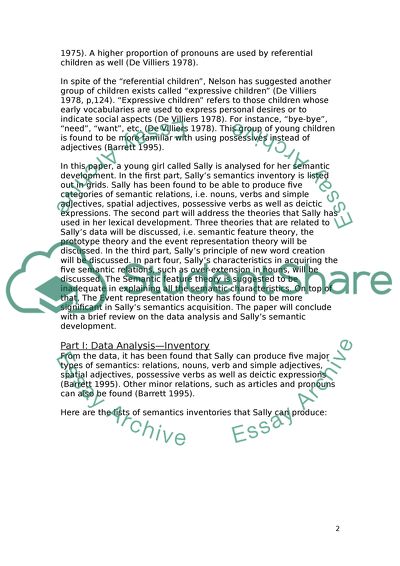Cite this document
(“Semantic Acquisition (Linguistics) Essay Example | Topics and Well Written Essays - 2500 words”, n.d.)
Retrieved from https://studentshare.org/miscellaneous/1572379-semantic-acquisition-linguistics
Retrieved from https://studentshare.org/miscellaneous/1572379-semantic-acquisition-linguistics
(Semantic Acquisition (Linguistics) Essay Example | Topics and Well Written Essays - 2500 Words)
https://studentshare.org/miscellaneous/1572379-semantic-acquisition-linguistics.
https://studentshare.org/miscellaneous/1572379-semantic-acquisition-linguistics.
“Semantic Acquisition (Linguistics) Essay Example | Topics and Well Written Essays - 2500 Words”, n.d. https://studentshare.org/miscellaneous/1572379-semantic-acquisition-linguistics.


